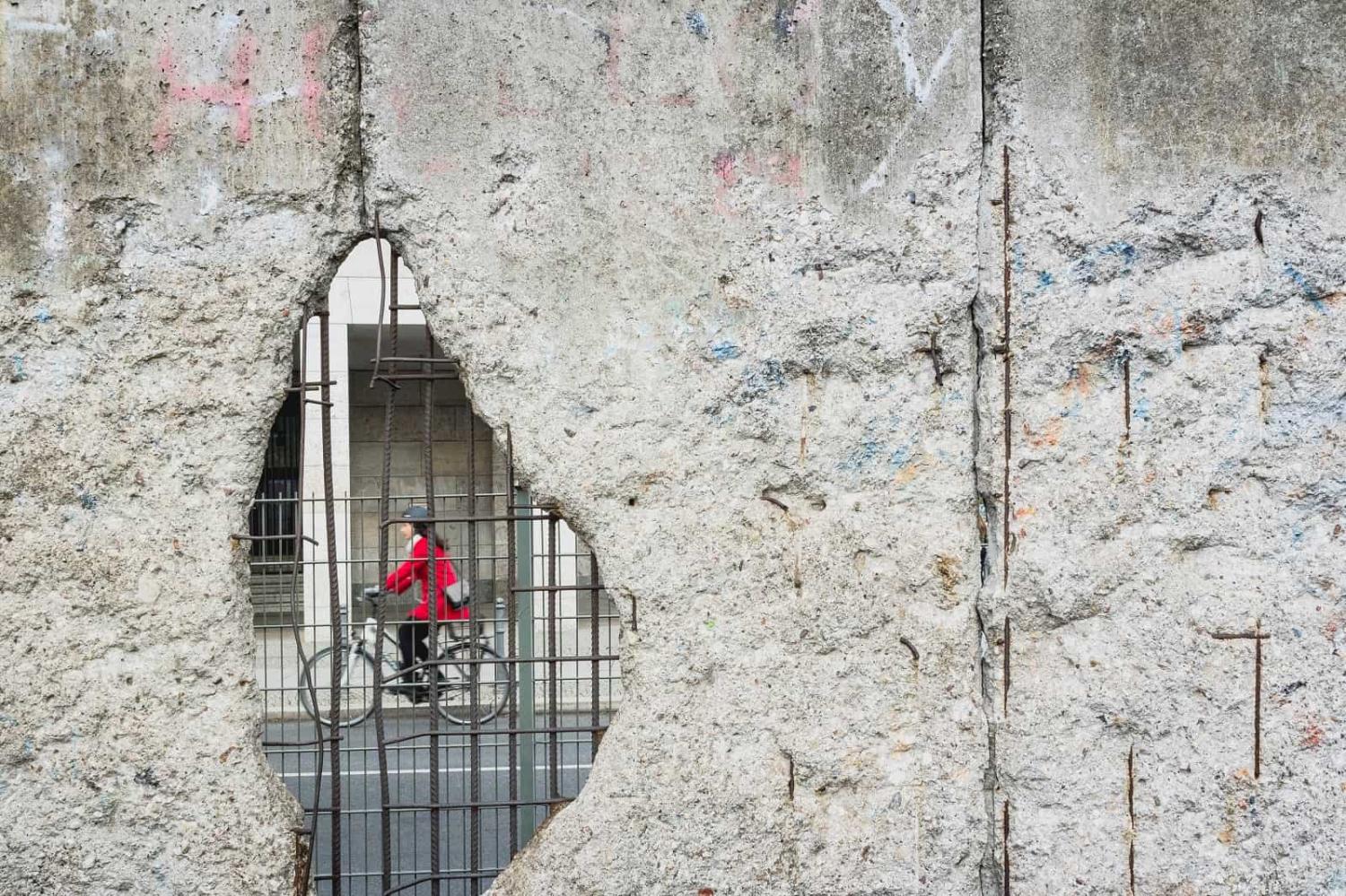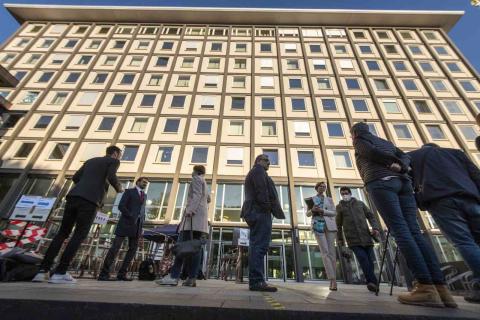 Book review: Beyond the Wall: East Germany, 1949–1990, by Katja Hoyer (Penguin 2023)
Book review: Beyond the Wall: East Germany, 1949–1990, by Katja Hoyer (Penguin 2023)
Many of us only know the former East Germany (GDR) at second hand, through the eviscerating prose of Anna Funder (in Stasiland) or Timothy Garton Ash (The File), or through bracing, daunting films such as “The Lives of Others”. Those images may coalesce into a collage of dodgy athletes, shoddy knock-off goods, myriad informers, homicidal border guards, brutally repressive leaders and the obscenity of the Berlin Wall.
Katja Hoyer, herself born in the GDR, offers a more comprehensive, chronological compendium of life in the East. She rightly notes that “the GDR is pictured as a grey, monotonous blur – a world without individuality, agency or meaning”. One salient question is whether East Germans perceived their country in those terms, at least before reunification obliged them to confront the fact that almost everything they had cherished was actually a shameless lie or a grotesque delusion. There might be a lot of ruin in a nation, as the great economist Adam Smith claimed, but, during its four decades in existence, the GDR plumbed the depths of such ruin.
During my time in Germany, I would regularly walk along Friedrichstrasse after work with my young son down to the old Checkpoint Charlie, the most infamous entrance to the GDR. We would talk about how that border crossing used to work: the watchtowers, barbed wire, vicious Alsatians, machine guns, searchlights and the Wall. Although he trusted my memory, my son simply had no frame of reference to account for a regime so ruthless and reprehensible.
Detouring towards Potsdamer Platz offered (and still offers) an equally confusing, cluttered palimpsest. Once the engine of German power, as Luftwaffe headquarters, a drab building now performs the same function as the Finance Ministry. In the interval, between those incarnations, the building hosted the inauguration of the GDR’s first leader and was the site of a would-be uprising in 1953.
Hoyer provides one earnestly constructed frame of reference for all that jumbled history. She traces the history of East Germany from Stalin’s decision to send a group of cynical, sycophantic German exiles to Berlin in 1945 (the few he had not purged) until the regime’s almost inadvertent opening of the Wall in 1989. Hoyer’s chronicle is enlivened by many vignettes from the lives of ordinary Germans, as well as by sweet ironical touches.
Hoyer explains, for instance, how, within their own police state, GDR leaders lived in a claustrophobic community behind a wall, monitored and controlled by the secret police. She notes that the secretary to the Stasi boss prepared a labelled drawing on the precise positioning of his breakfast items. Hoyer even summons a whiff of nostalgic affection for the GDR’s ludicrously under-powered Trabant cars.
Hoyer is not, however, at all sentimental about East Germany’s record of missed chances, monstrous repression and moral corruption. She offers a tantalising series of what-ifs — semi-plausible scenarios in which the fate of East Germans might have proved less dire. Hoyer is fair, balanced and understanding, qualities never associated with her subject.

